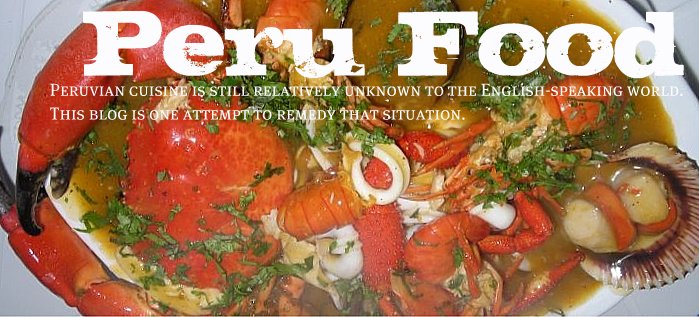Gastón outlines his philosophy for his flagship restaurant Astrid & Gastón, as well as for his cevichería, La Mar, and his plans for expansion to the US market. Here's a preview:
Where did the idea for La Mar came from?
La Mar was that idea for the type of cevichería we wished we could go eat at. We said, lets build a cevichería in the style of the classic type of cevichería but offer the highest quality food and service.
So we wanted it to be open, we wanted music. We wanted some of the chaos... but have it with a unified design, with top-quality products. And lets make it a cevicheríathat we can do here but we can also do anywhere else in the world.
How did you turn that concept into reality?
We built La Mar and I spent one year with it completely finish but we did not open it. We were creating the concept, doing the manual operation, training the staff.
We needed to create a system so that anywhere in the world, you could take our system, add the fresh ingredients, the fresh fish and whoop – you would have the best ceviche in Lima.
Click here to continue reading the conclusion of this interview with Gastón.
Peru.Food@gmail.com
.
.
.
Click here for the Peru Food main page.
TAGS: Peru, Peruvian, food, cooking, cuisine, cocina, comida, gastronomía, peruana
TAGS: Peru, Peruvian, food, cooking, cuisine, cocina, comida, gastronomía, peruana
